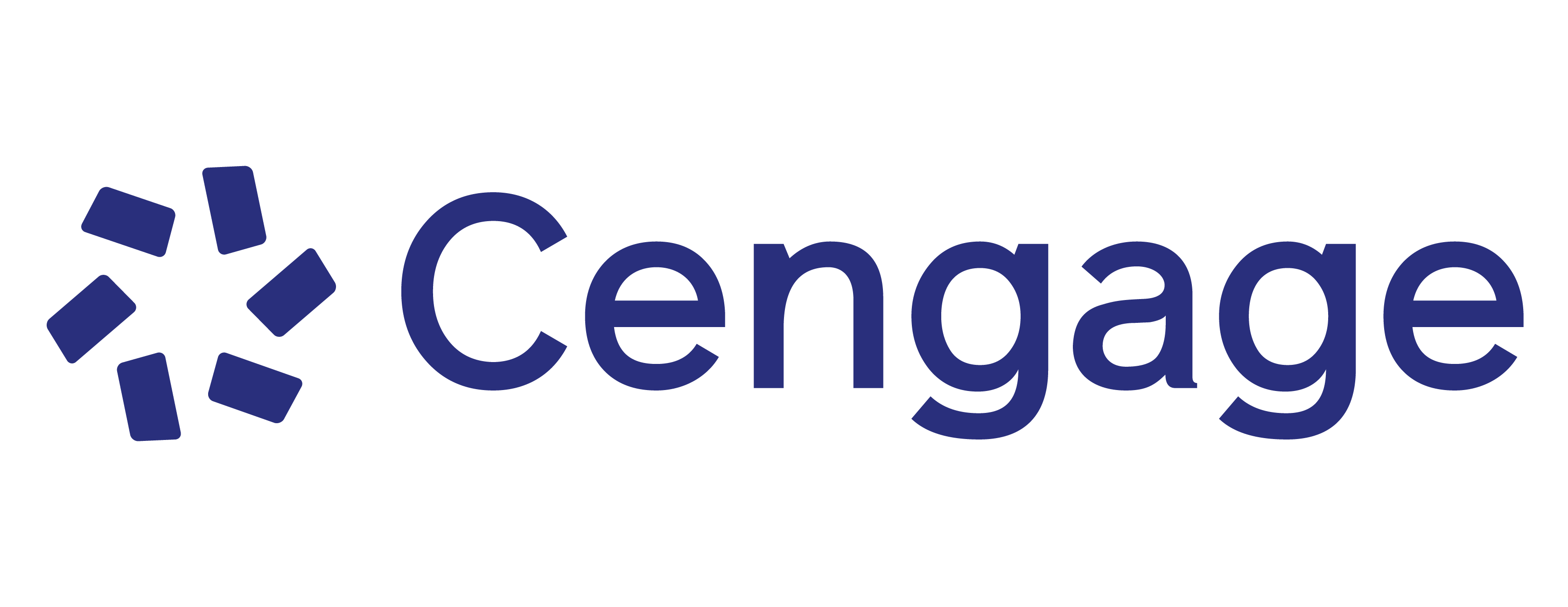Poole’s "Linear Algebra: A Modern Introduction, Cengage International Edition", 5th, emphasizes a vectors approach and prepares students to transition from computational to theoretical mathematics. Balancing theory and applications, the conversational writing style combines traditional presentation with student-centered learning. Theoretical, computational, and applied topics are presented in a flexible, integrated way. Stressing geometric understanding before computational techniques, vectors and vector geometry are introduced early to help students visualize concepts and develop mathematical maturity for abstract thinking. Applications drawn from a variety of disciplines reinforce linear algebra as a valuable tool for modeling real-life problems. Exercises allow students to practice linear algebra concepts and techniques. Learning objectives in each section serve as a guide for students and instructors.
Chapter 1: Vectors
Introduction: The Racetrack Game. The Geometry and Algebra of Vectors. Length and Angle: The Dot Product. Lines and Planes. Applications. Chapter Review.
Chapter 2: Systems of Linear Equations
Introduction: Triviality. Introduction to Systems of Linear Equations. Direct Methods for Solving Linear Systems. Spanning Sets and Linear Independence. Applications. Iterative Methods for Solving Linear Systems. Chapter Review.
Chapter 3: Matrices
Introduction: Matrices in Action. Matrix Operations. Matrix Algebra. The Inverse of a Matrix. The LU Factorization. Subspaces, Basis, Dimension, and Rank. Introduction to Linear Transformations. Applications. Chapter Review.
Chapter 4: Eigenvalues and Eigenvectors
Introduction: A Dynamical System on Graphs. Introduction to Eigenvalues and Eigenvectors. Determinants. Eigenvalues and Eigenvectors of n × n Matrices. Similarity and Diagonalization. Iterative Methods for Computing Eigenvalues. Applications and the Perron-Frobenius Theorem. Chapter Review
Chapter 5: Orthogonality
Introduction: Shadows on a Wall. Orthogonality in ℝn. Orthogonal Complements and Orthogonal Projections. The Gram-Schmidt Process and the QR Factorization. Orthogonal Diagonalization of Symmetric Matrices. Applications. Chapter Review.
Chapter 6: Vector Spaces
Introduction: Fibonacci in (Vector) Space. Vector Spaces and Subspaces. Linear Independence, Basis, and Dimension. Change of Basis. Linear Transformations. The Kernel and Range of a Linear Transformation. The Matrix of a Linear Transformation. Applications. Chapter Review.
Chapter 7: Distance and Approximation
Introduction: Taxicab Geometry. Inner Product Spaces. Norms and Distance Functions. Least Squares Approximation. The Singular Value Decomposition. Applications. Chapter Review.
Chapter 8: Codes
Introduction: ASCII. Code Vectors. Error-Correcting Codes. Dual Codes. Linear Codes. The Minimum Distance of a Code. Chapter Review.
Chapter A: Appendices
Mathematical Notation and Methods of Proof. Mathematical Induction. Complex Numbers. Polynomials. Technology Bytes.
-
David Poole
David Poole is Professor of Mathematics at Trent University, where he has been a faculty member since 1984. Dr. Poole has won numerous teaching awards: Trent University's Symons Award for Excellence in Teaching (the university's top teaching award), three merit awards for teaching excellence, a 2002 Ontario Confederation of University Faculty Associations Teaching Award (the top university teaching award in the province), a 2003 3M Teaching Fellowship (the top university teaching award in Canada, sponsored by 3M Canada Ltd.), a 2007 Leadership in Faculty Teaching Award from the province of Ontario, and the Canadian Mathematical Society's 2009 Excellence in Teaching Award. From 2002-2007, Dr. Poole was Trent University's Associate Dean (Teaching & Learning). His research interests include discrete mathematics, ring theory, and mathematics education. He received his B.Sc. from Acadia University in 1976 before earning his M.Sc. (1977) and Ph.D. (1984) from McMaster University. When he is not doing mathematics, David Poole enjoys hiking and cooking, and he is an avid film buff.
-
OVER 200 NEW OR REVISED END-OF-SECTION EXERCISES, including Chapter Review questions are present.
-
IMPROVED CLARITY and a new four-color textbook design allow for rules, definitions, theorems, figures and tables to be highlighted distinctly.
-
NEW APPLICATIONS related to disciplines such as statistics, data science and machine learning include coverage of correlation, standard deviation, variance and covariance.
-
LEARNING OBJECTIVES are now in every section of the book as a useful guide to both students and instructors.
-
A CLEAR WRITING STYLE that is simple, direct and conversational, while maintaining rigorous proof coverage, is present.
-
AVAILABLE WITH WEBASSIGN, the text will help your students build problem-solving skills and develop conceptual understanding.
-
EXPLORATONS AND WRITING PROJECTS designed for individual or group work provide hands-on learning opportunities. Explorations are available to assign within WebAssign.
-
A VARIETY OF NUMERICAL LINEAR ALGEBRA TECHNIQUES are included such as pivoting strategies and iterative methods for solving linear systems.


